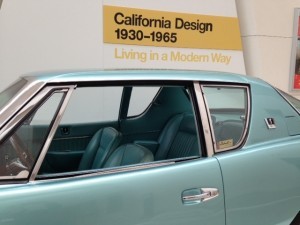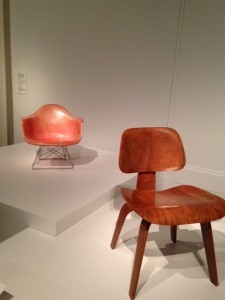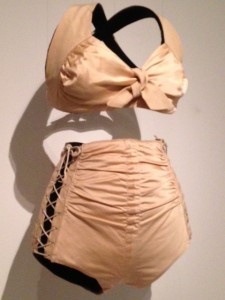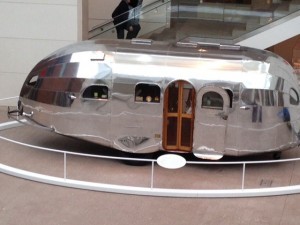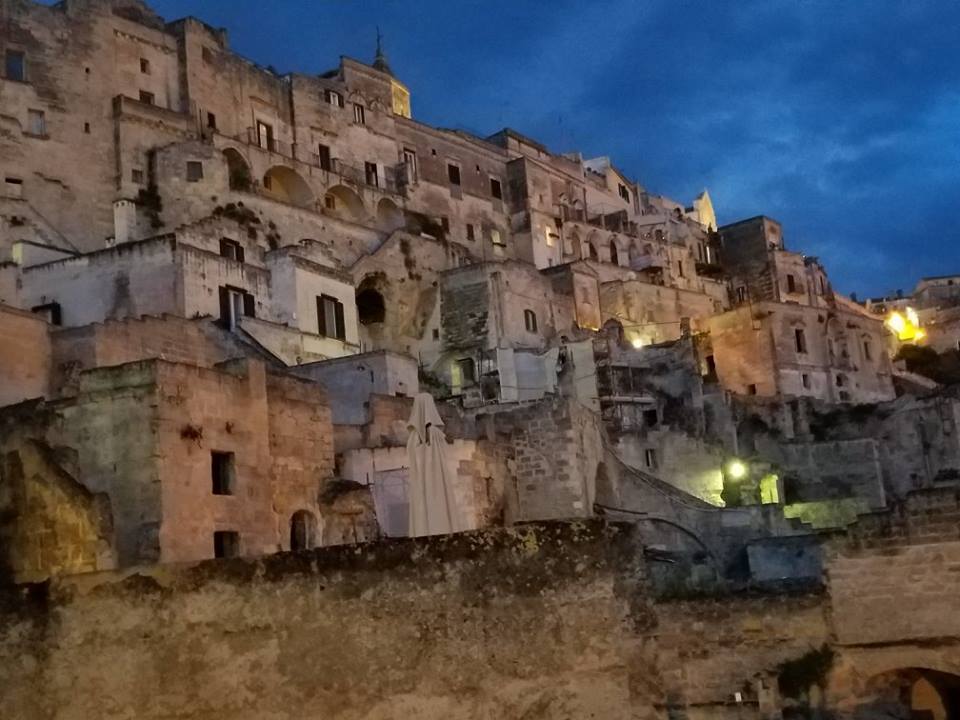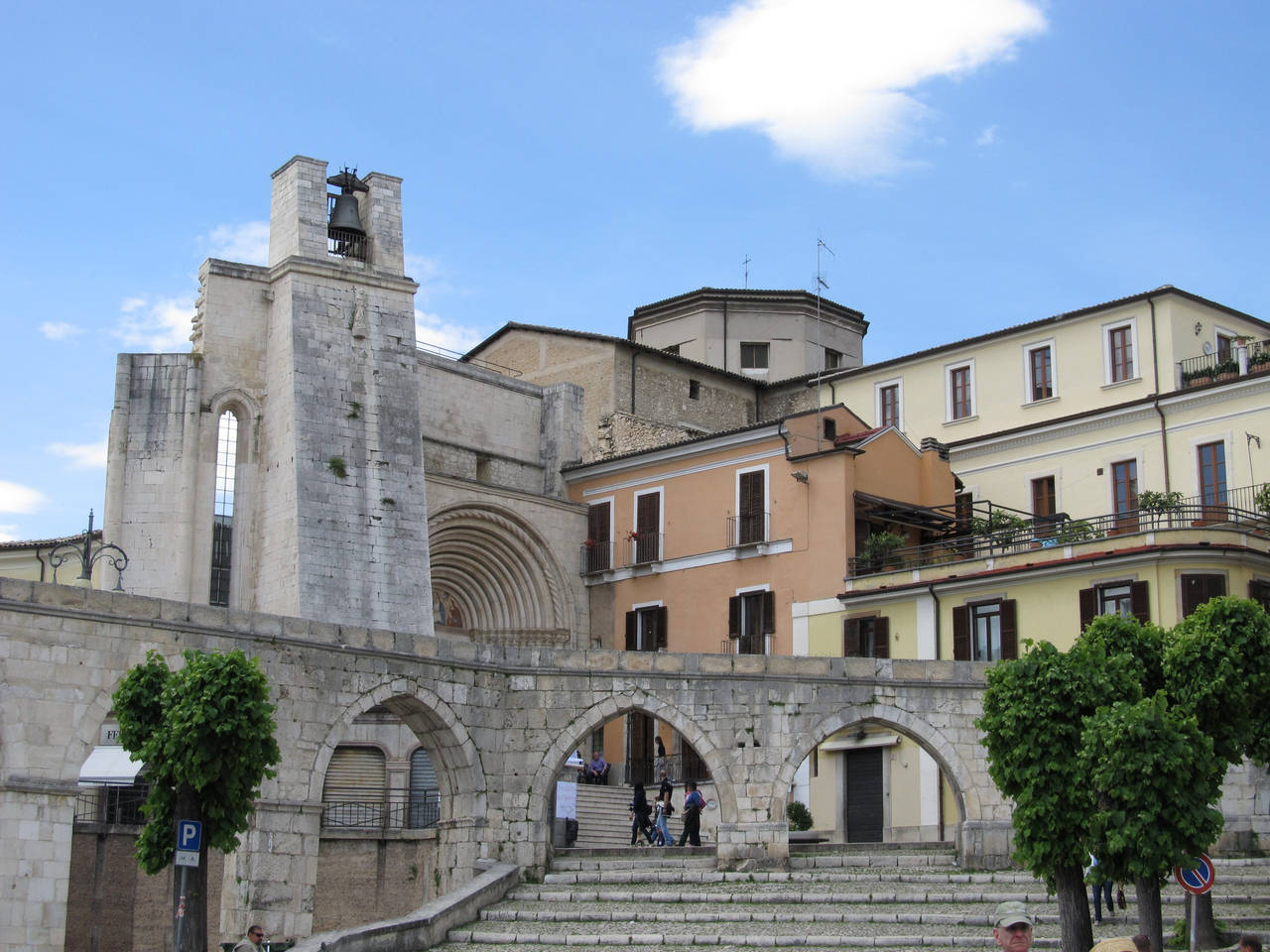Dean’s California — wild, sweaty, important, the land of lonely and exiled and eccentric lovers come to forgather like birds, and the land where everybody somehow looked like broken-down, handsome, decadent movie actors. — Jack Kerouac
I went to California last Wednesday, in something of a time warp. A delightful time warp spanning the years between the big wars all the way until we began to lose our innocence and our optimism in the mid-60s.
California Design, 1930 – 1965: Living in a Modern Way is the newest installation put on by the remarkable Peabody Essex Museum (PEM) in #SALEMMA. Really, sometimes I have to pinch myself to realize that I’m back here in this creative community.
The PEM, founded in 1799, presents outstanding works of artistic and cultural creativity in ways that transform people’s lives. And while the 250+ mid-century modern works on display in this exhibit are certainly artistic, they speak to the shifting cultural creativity that was exploding on the California scene during this period.
Think textiles, automobiles, furniture, fashion — even where we live and how we lived,
as in glass houses with indoor-outdoor living. Think Ray and Charles Eames, Richard Neutra and R.M. Schindler. Think Spandex and Barbie and kidney-shaped swimming pools and the ever-present fear of the mushroom cloud that even found its way into a children’s board game called Boom!
Those were the days, my friends, eh? Happy Days, with an undercurrent of annihilation.
The show, organized by the Los Angeles County Museum of Art (LACMA), is the first major study of California design, and PEM’s presentation is its only East Coast venue. Millions of new residents poured into California during the economic boom of the 1920s, creating a demand for modern housing and furnishings. The boom continued with the post World War II prosperity, giving a whole new consumer class the opportunity to furnish and decorate their homes a la the Good Life (no doubt influenced by an exploding Hollywood) with items made by the state’s designers and craftspeople.
The buzzword for California today is technology, but it was the same back then, only “technology” meant something different. It meant pure innovation; it was the shaping, making, living and selling done by a group of designer craftspeople who took over for a time to bring new forms, materials and, ultimately, a new lifestyle to the burgeoning middle class. In the words of Charles Eames, they were trying to bring “The best for the most for the least.”
It didn’t always work out that way. For instance, only a handful of the Case Study homes proposed in 1945 were fully realized, and Eames’ famous molded plywood chair, created with Eero Saarinen — the one that won first prize in the 1941 MoMA competion — would have cost $75 at the time. Not a price for the middle class, to be sure.
But forget price. Come for the beauty of the modern forms, for the creative use of war-
time material (like the “Swoon Suit” made of parachute nylon, completely without metal of any kind), for the bold experimentation of shape, color, typeface and technology. This is the time of icons — the 1930s Airstream Clipper trailer, the 1959 Barbie doll, the 1964 Studebaker Avanti — many of which survive in some form or another even today. I guess we can’t all be California girls, but this exhibit can put a smile on all our faces and remind us of a time that was, in our lifetime, a remarkably creative place to be.
So get yourself to the PEM before July 6th to catch a glimpse of the exhilirating innovation and the need to build a better, brighter and more modern world that existed in this special time and in this special place.
Buon viaggio!
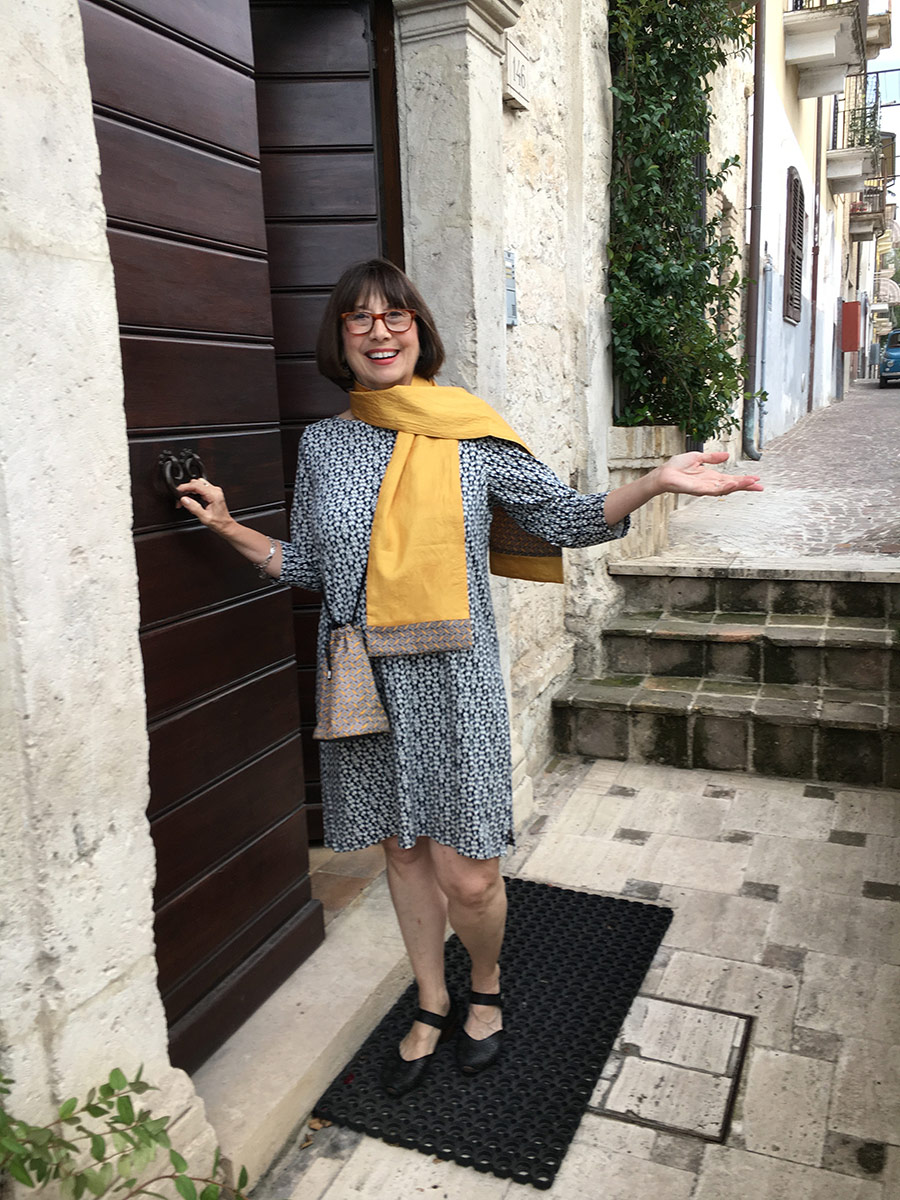
Linda Dini Jenkins is a card-carrying Italophile, travel planner, freelance writer, and amateur photographer. Travel is her passion, so writing about her travels just comes naturally. She hopes all her travelers find a way to express their joys, surprises, and fears as they travel and gives every traveler a nifty journal to help smooth the way. Learn more…
